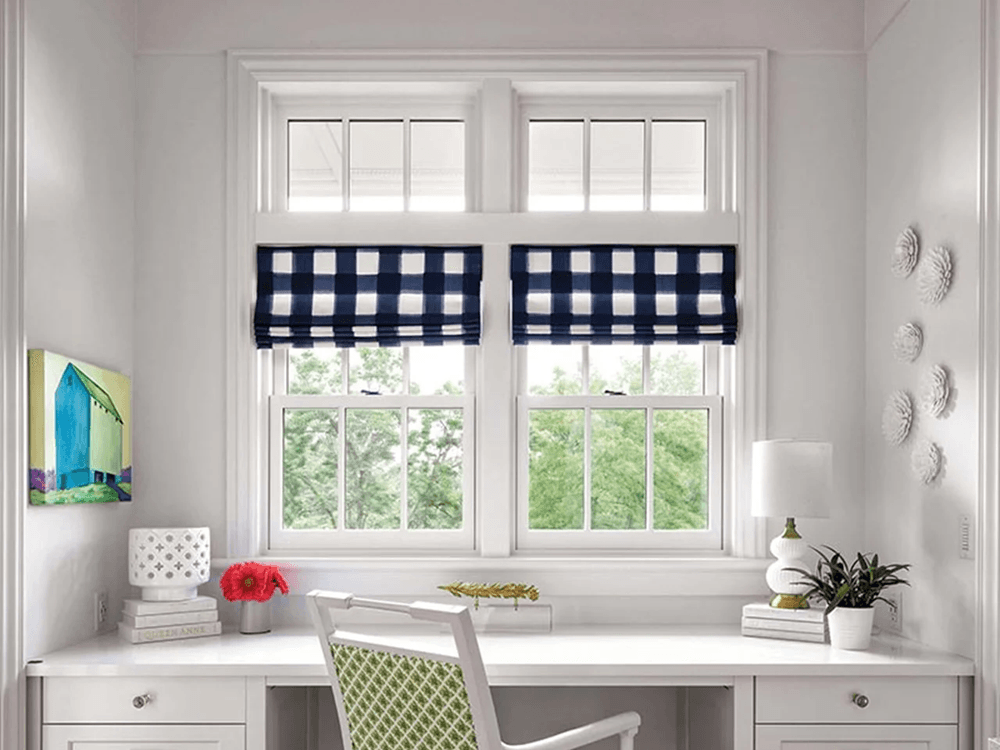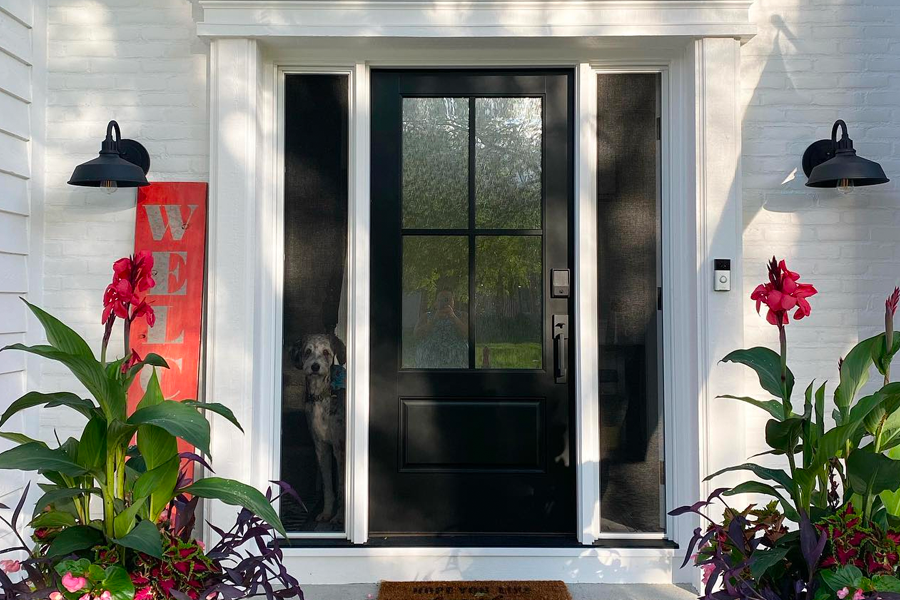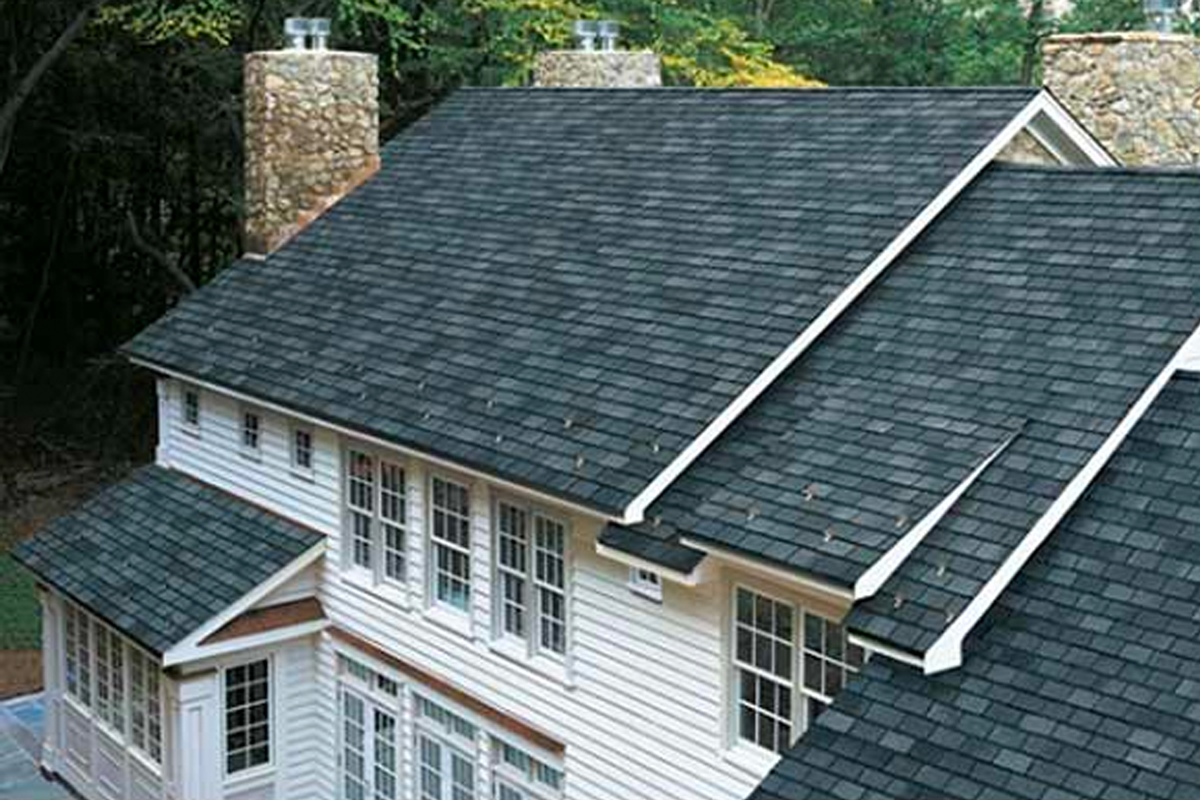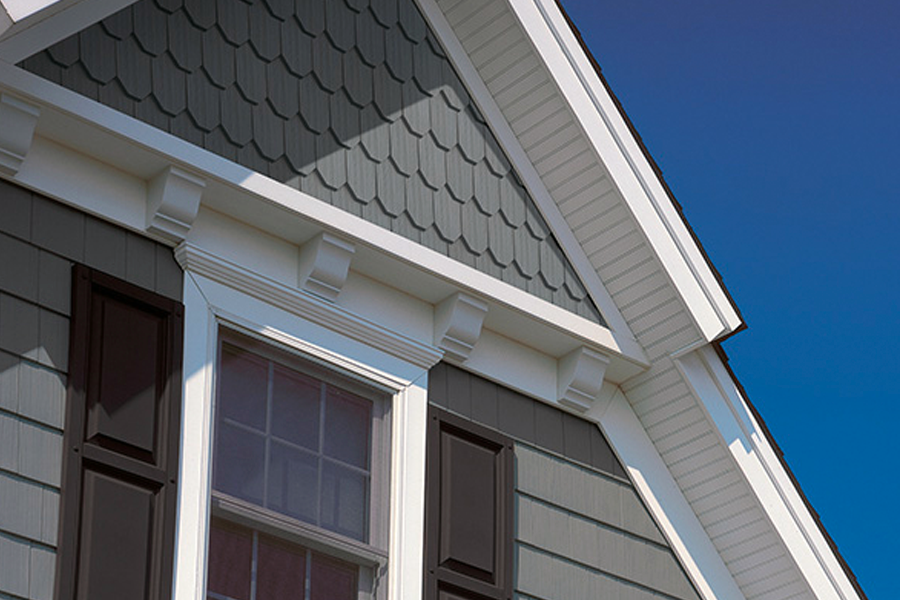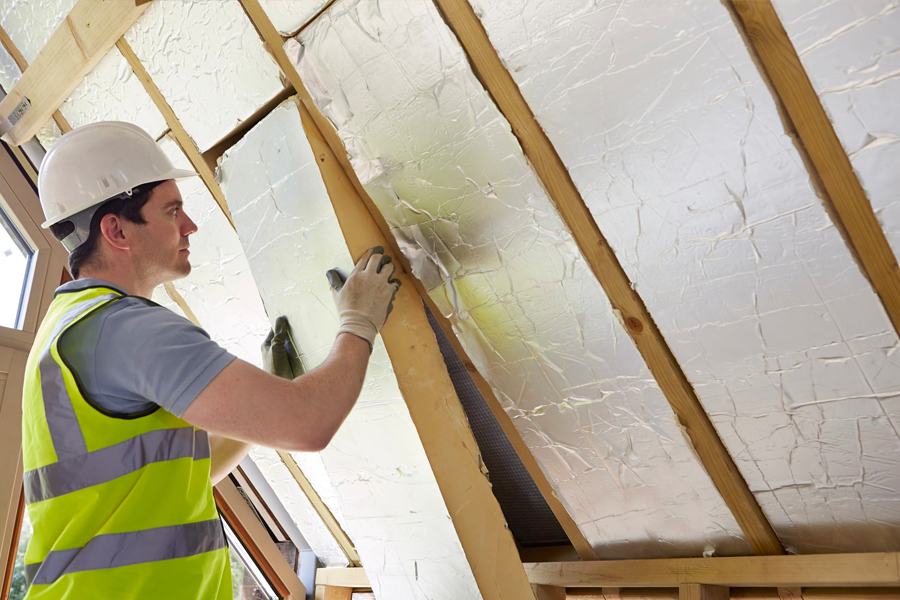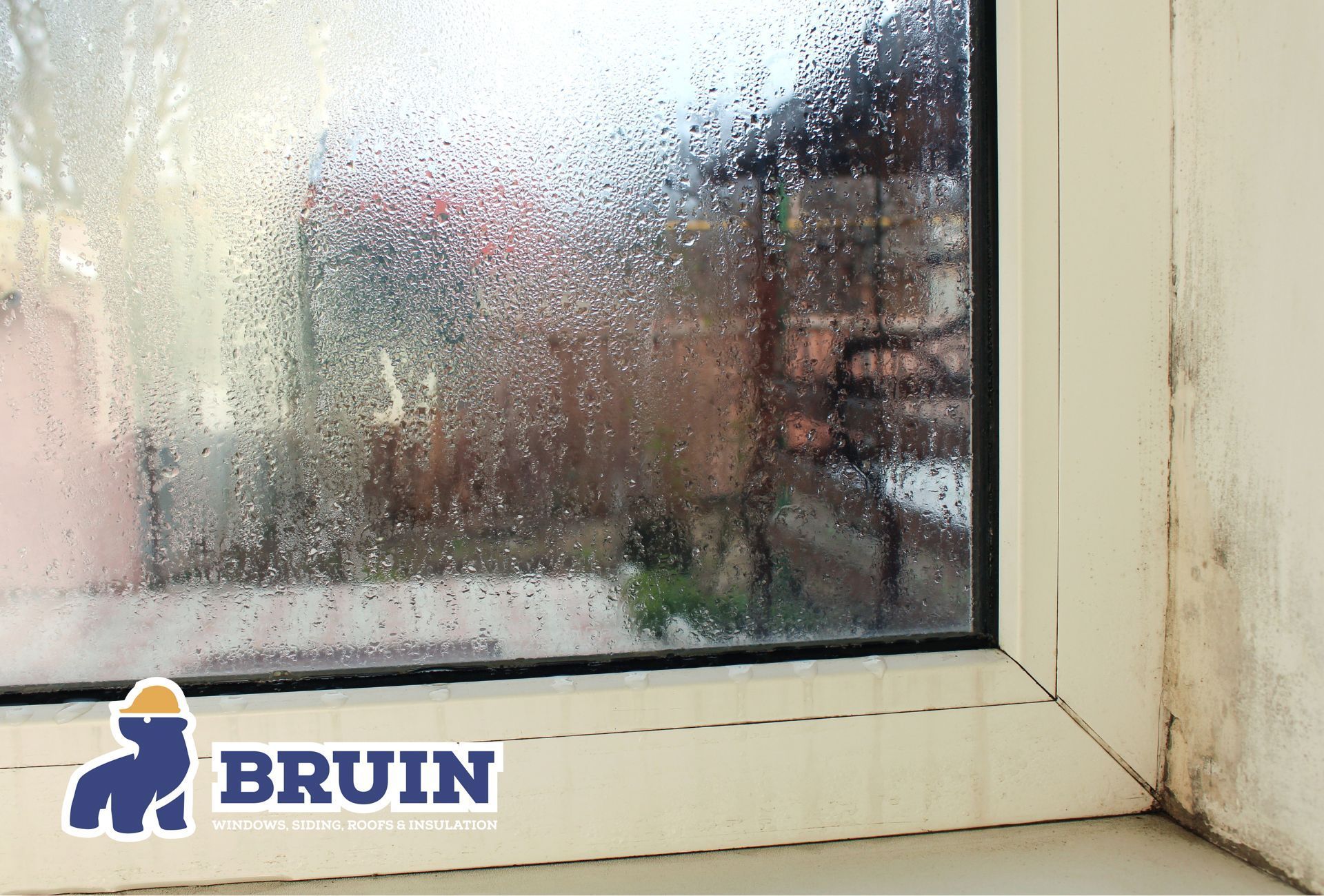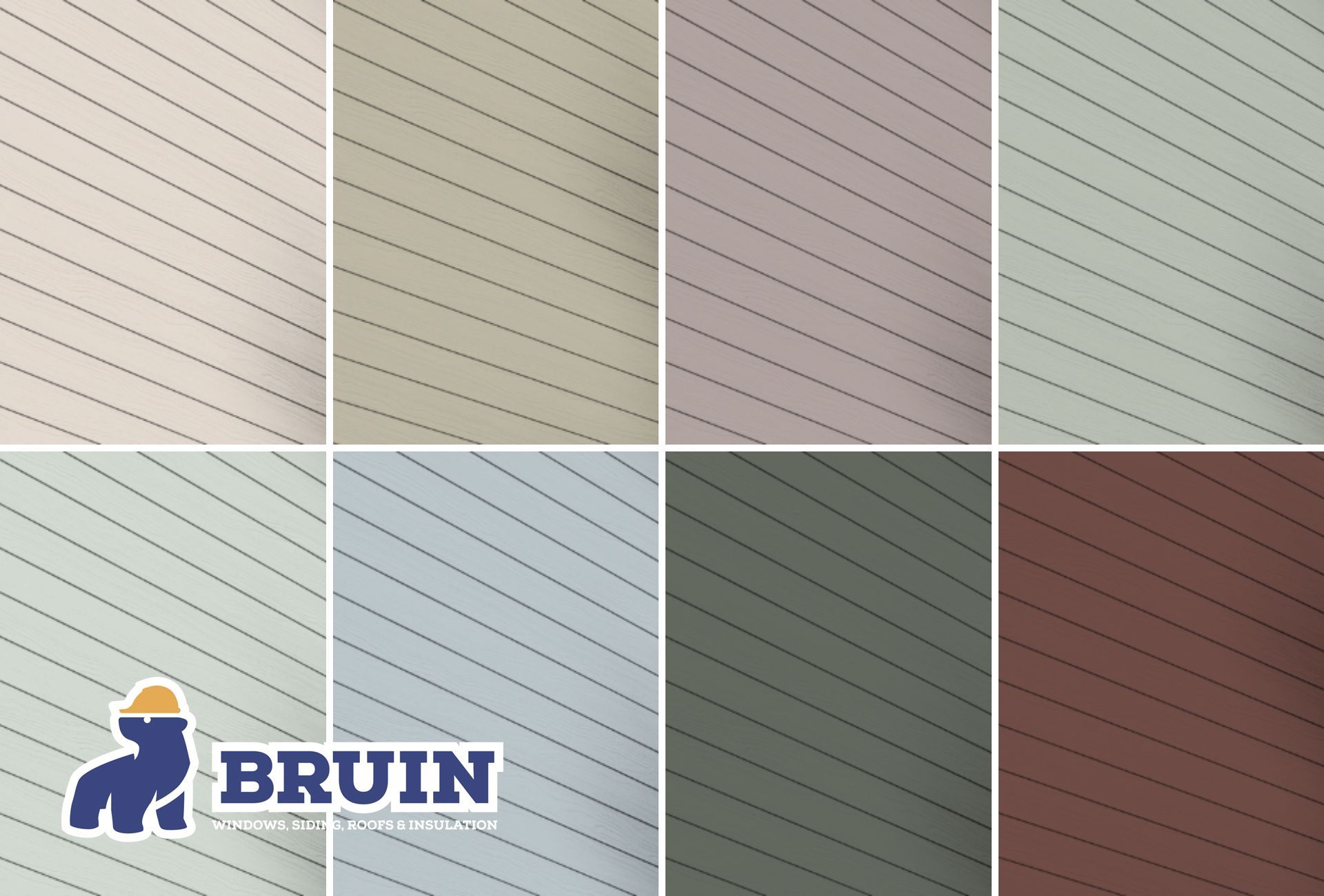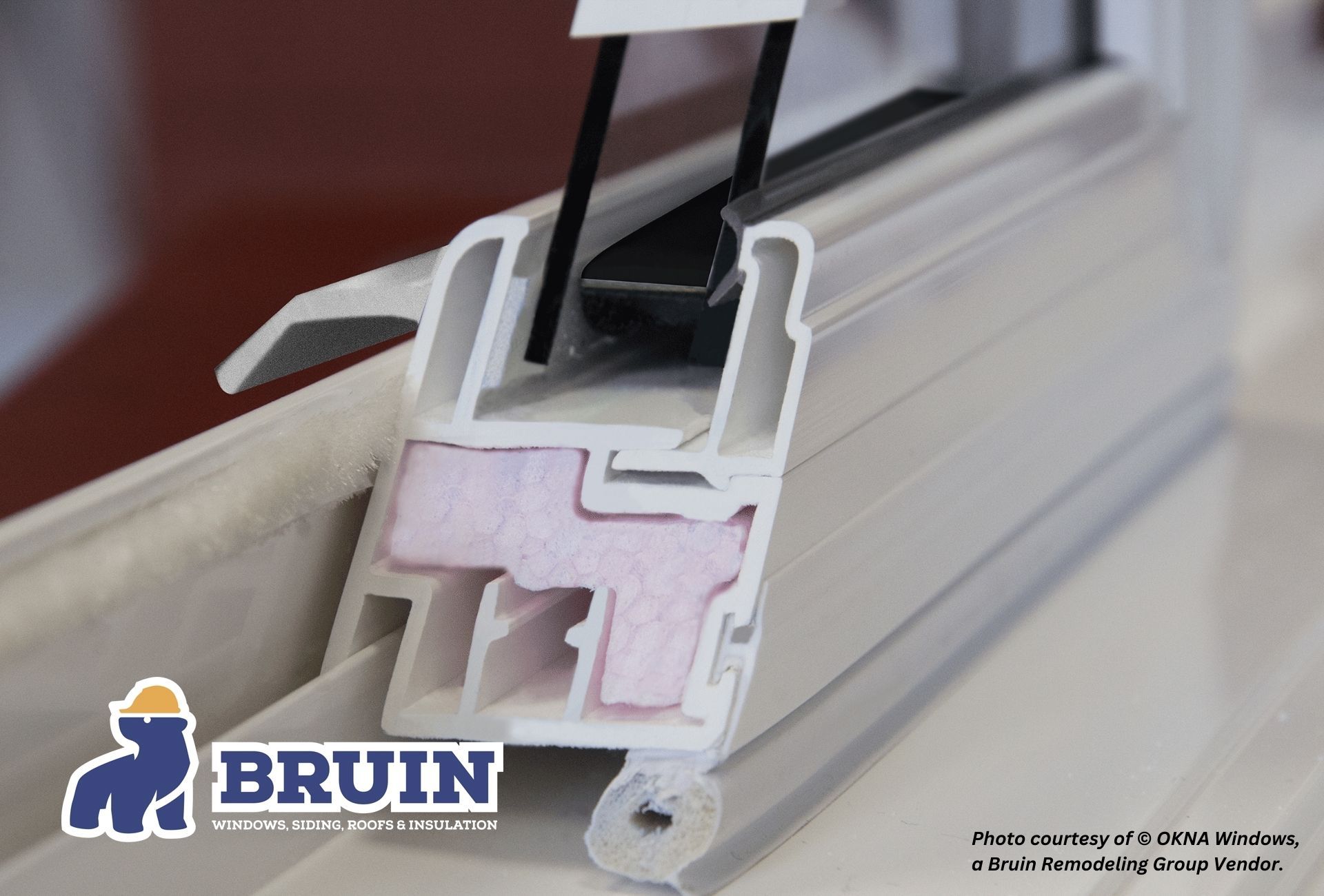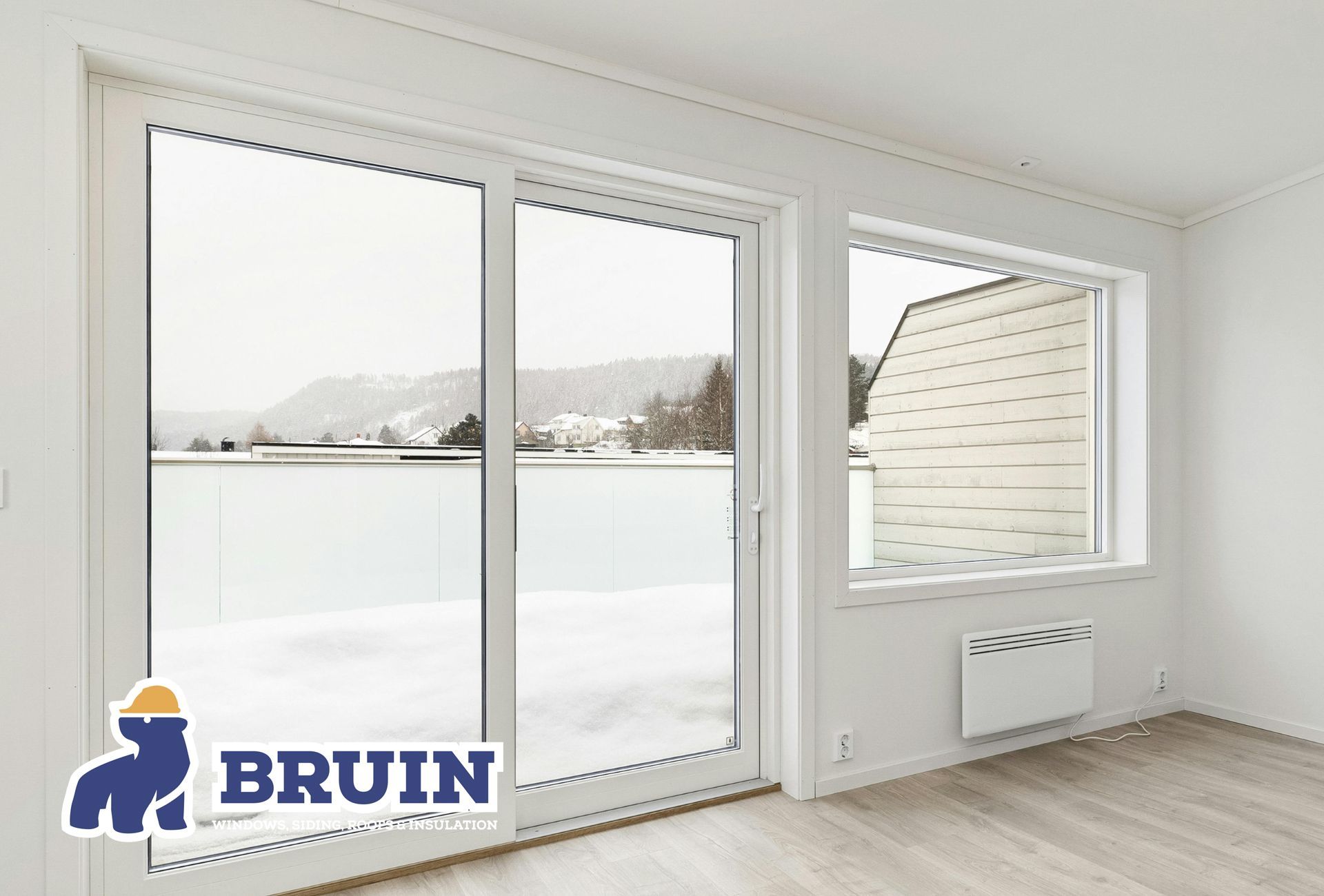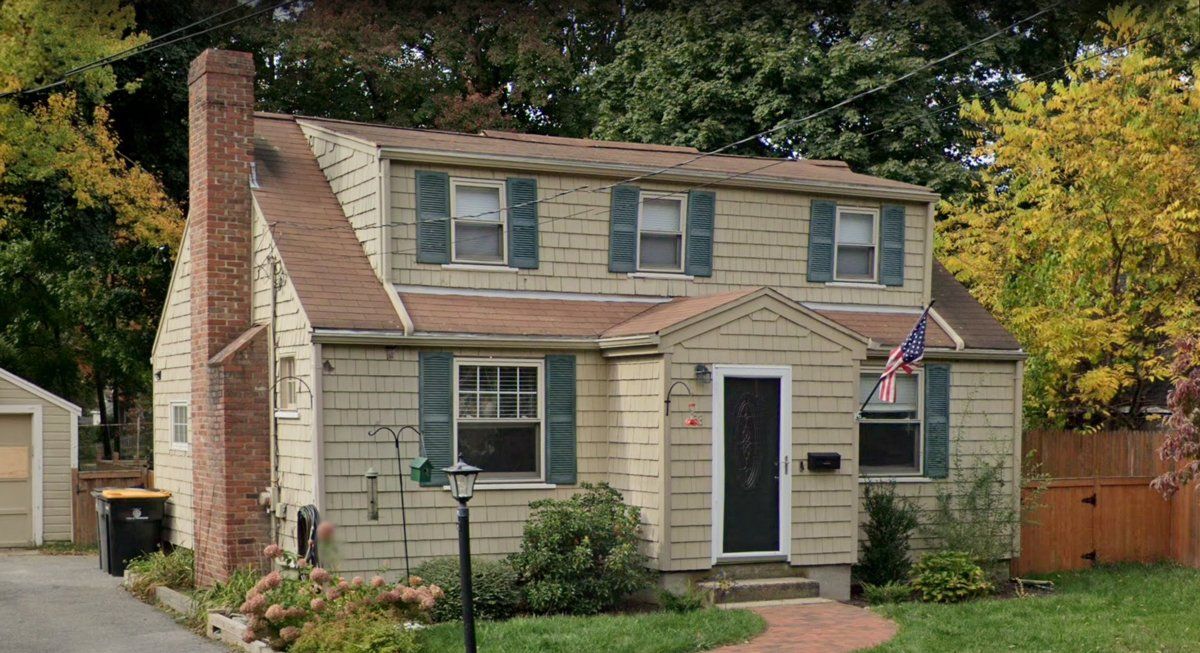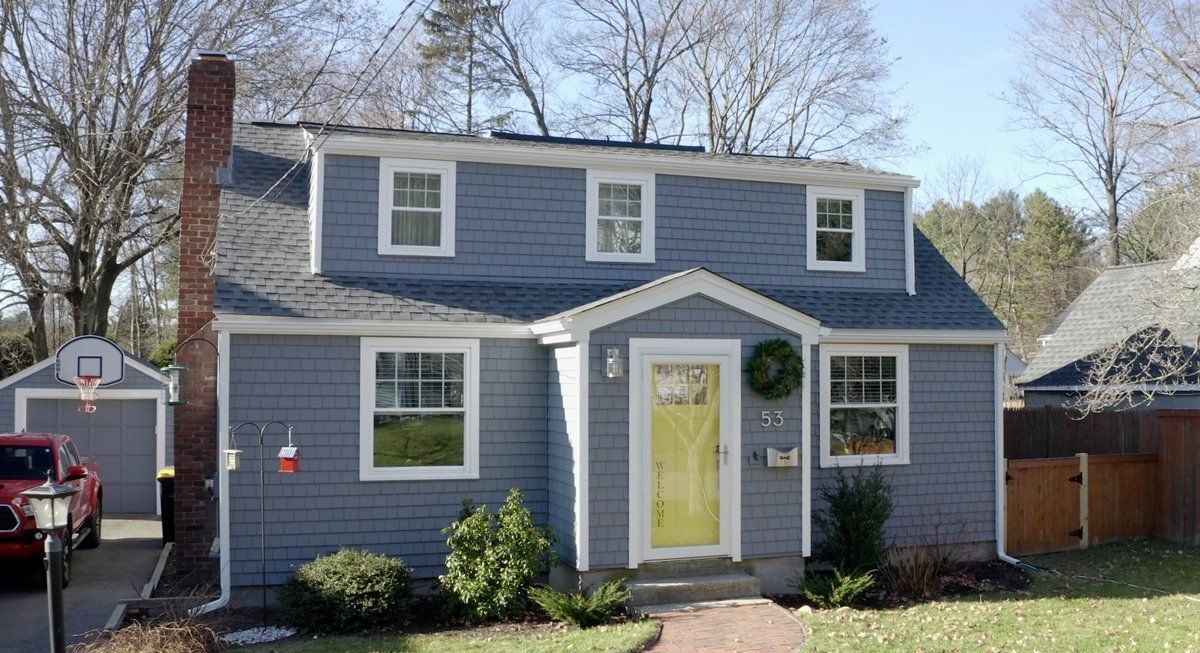Water damage from old windows isn't always immediately noticeable. While your home's exterior may look fine, moisture can be silently seeping behind the siding and into your walls, gradually causing water damage. This moisture buildup can cause significant damage to your walls, floors, and window frames, often leading to rot and deterioration. Even more concerning, excess moisture creates an environment ripe for mold growth, which can pose health risks to your family.
Recognizing the signs of water damage early can save you from costly repairs and ensure a safe, healthy living environment. Here are three signs that your aging windows might be causing water damage.
1. Peeling Paint and Soft Wood
One of the most visible signs of water damage around old windows is peeling or bubbling paint on the window frames or walls around the window. When moisture seeps into the wood, it can cause the paint to deteriorate and the wood to rot or warp leading to structural weakening of the window frame. We suggest performing a simple check by taking a screwdriver and pressing firmly along the wood on the sill. If the tip of the screwdriver sinks into the wood, you may be dealing with water damage.
2. Stains and Discoloration
If you notice any discoloration around your windows, it’s a strong indication that moisture is penetrating your home’s interior, and this should not be ignored. Water damage often manifests as unsightly stains or discoloration on walls, ceilings, or floors near the affected windows. These stains typically appear as yellow or brown patches, and they may be accompanied by a damp, musty odor. Over time, this moisture can weaken drywall, warp wood, and even lead to the growth of mold and mildew. If you spot any discoloration, it’s essential to investigate the source of the leak and take steps to repair or replace the windows to prevent further damage.
3. Mold and Mildew Growth
One of the most concerning signs of water damage from old windows is the presence of mold or mildew. When moisture builds up around a window, it creates the perfect environment for mold to thrive. You may notice a musty smell or see black or green spots on the window sills, frames, or surrounding walls. Mold can lead to serious health risks, especially for individuals with allergies or respiratory issues. Removing and remediating the mold caused by water damage from old windows is essential not only for preserving your home’s structural integrity but also for protecting the health and well-being of your household. While mold remediation is important, it’s equally essential to eliminate the source of the moisture to prevent future occurrences. In many cases, this means replacing the old, leaky windows with newer, properly sealed ones to ensure a long-term solution. By upgrading your windows, you can prevent further damage and maintain a safe, healthy home environment.
Work with Our Expert Team!
At Bruin Remodeling Group, we will help you make the right
window
choices for your house and budget.
Contact us
today for a free consultation.
Connect with our home improvement team
